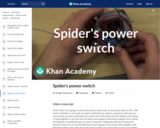
Adding a power switch. Created by Karl Wendt.
- Subject:
- Applied Science
- Engineering
- Material Type:
- Lesson
- Provider:
- Khan Academy
- Provider Set:
- Khan Academy
- Author:
- Karl Wendt
- Date Added:
- 03/28/2013

Adding a power switch. Created by Karl Wendt.
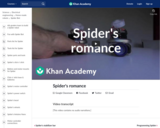
Happy Valentines Day from Khan Academy Projects. Created by Karl Wendt.
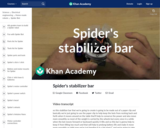
Adding the stabilizer bar. Created by Karl Wendt.
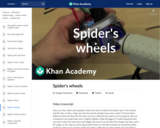
Adding wheels. Created by Karl Wendt.
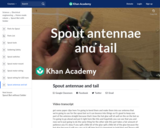
Adding an antenna and tail. Created by Karl Wendt.
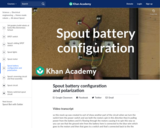
Configuring batteries for a Spout robot. Created by Karl Wendt.
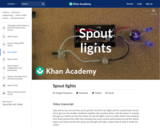
Adding lights to a Spout robot. Created by Karl Wendt.
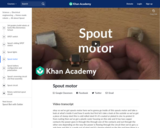
Adding a motor to a Spout robot. Created by Karl Wendt.
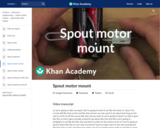
The motor mount for a Spout robot. Created by Karl Wendt.
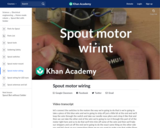
Wiring the motor for a Spout robot. Created by Karl Wendt.
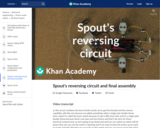
Reversing circuit in Spout robot. Created by Karl Wendt.
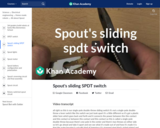
SPDT switches in use in the Spout robot. Created by Karl Wendt.
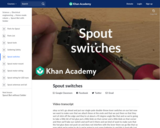
Switches on Spout robot. Created by Karl Wendt.
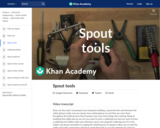
Tools for Spout robot. Created by Karl Wendt.

Wiring the LED eyes for a Spout robot. Created by Karl Wendt.
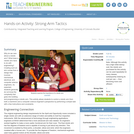
Students generally do not know the complexity that goes into building and programming a robotic arm. In actuality, creating such an arm comes from a design that involves mechanical, electrical, and computer science engineers. This activity allows students to control a robotic arm from both a machine's and a computer science engineer's perspective by letting them perform a simple task with a few entertaining instructions and constraints.
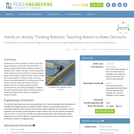
Students learn basic concepts of robotic logic and programming by working with Boe-Bot robotsâa simple programmable robotic platform designed to illustrate basic robotic concepts. Under the guidance of the instructor and a provided lab manual, student groups build simple circuits and write codes to make their robots perform a variety of tasks, including obstacle and light detection, line following and other motion routines. Eight sub-activities focus on different sensors, including physical sensors, phototransistors and infrared headlights. Students test their newly acquired skills in the final activity, in which they program their robots to navigate an obstacle course.
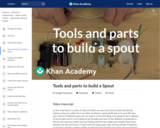
Tools and parts. Created by Karl Wendt.
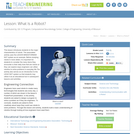
This lesson introduces students to the major characteristics of robots. The associated activity uses the LEGO MINDSTORMS(TM) NXT system as an example. Before studying robots in more detail, it is important for students to consider the many items they encounter in their daily lives that are robots so they can explore ways engineers can utilize robotics to solve problems in everyday life.The activity also serves as an introduction to the LEGO NXT system so that students may utilize it as an educational tool in subsequent lessons and activities.

JPL staff members have been working on robotics that are able to climb just like these sticky-footed lizards.